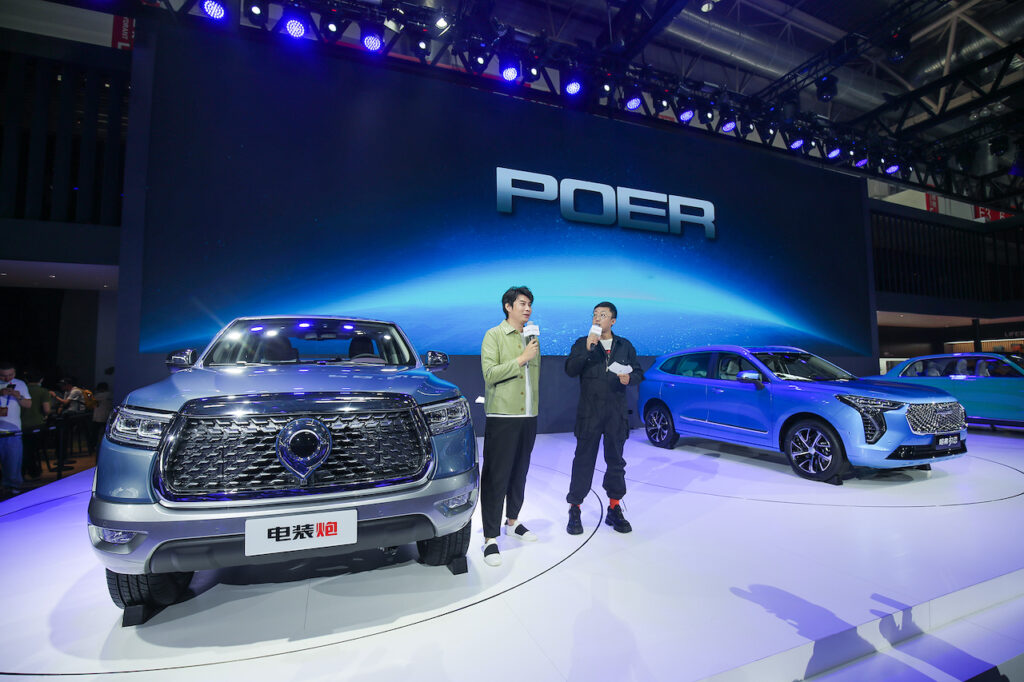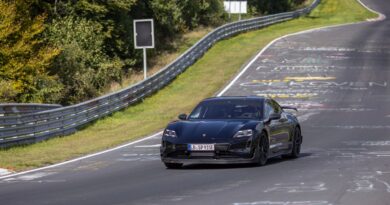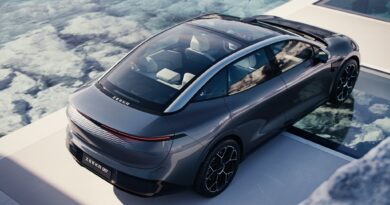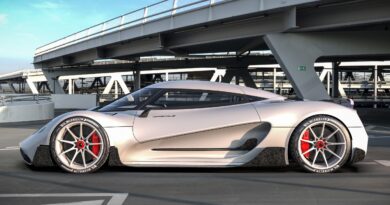It’s got the Poer! Chinese electric pick-up an Aussie chance
While the focus is on the USA when it comes to electrified pick-ups, this Chinese battery electric ute could beat them all to market in Australia.
It’s called the GWM Poer EV and it has just been rolled out in near-production form at the Beijing Auto Show. And yes that is Poer without the ‘w’.
Great Wall Motors Australia is keen on the Poer EV but doesn’t seem so hot on the name.
Basically, it’s inspired by the Chinese character Pao and the English word power. It’s also pronounced power.
The EV is a spin-off of the core Poer – or P Series as it’s also known – pick-up line that shapes as the most credible threat to heavyweights of the segment such as the Toyota HiLux and Ford Ranger to ever come from China.
Great Wall has sold pick-ups in Australia for years under the Steed and other names, but that moniker is likely to disappear when the new generation turbo-diesel ute rolls out in Australia either late this year or early in 2021.

Our sources tell us the EV won’t be part of the launch line-up, but there is enthusiasm for it here and in New Zealand as well, apparently.
By the way, the naming confusion isn’t just limited to the Poer badge. Great Wall Motors is the name of both the over-arching Chinese auto conglomerate and its GWM Pickup division. Other divisions include SUV brands Haval – also sold in Australia – and Wey and the EV specialist Ora.
Technical specs for the Poer EV announced in Beijing were limited. It features a ternary lithium battery and a “global first co-axial integrated electronic drive bridge”. Um, yep. Tell us what that is in the comments please.
Claimed e-motor outputs are 150kW and 300Nm and the range is 405km. The latter figure is down on the 500km range announced when the EV was first confirmed in 2019.
Clearly, it doesn’t have the same chest-thumping numbers as the likes of the Tesla Cybertruck and Ford F-150, but then if it turns up in Australia the Poer EV – or whatever it is called – won’t be asking nosebleed prices either.
In a market segment dominated by diesels, the Poer would also represent a cleaner, greener alternative.
More relevant local competition would come from the mild-hybrid Toyota HiLux that could be here as soon as late 2021.




